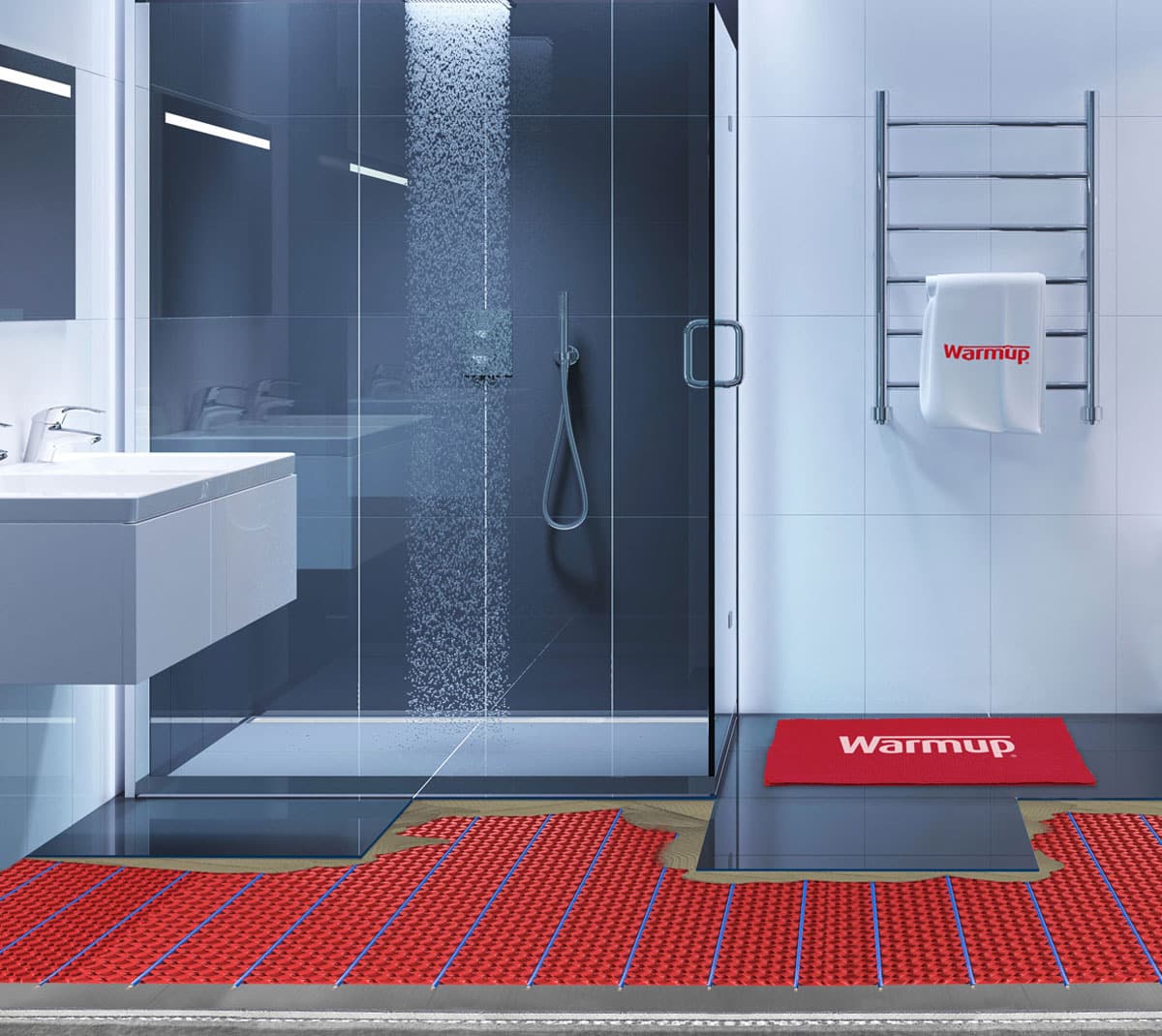Heated Shower Floor: The Ultimate Guide to Comfort and Luxury
1. Schluter recommends using a dedicated heating cable inside the shower area and a separate cable for the bathroom floor area.
2. The heating cables cannot be installed under or through the shower curb.
3. The cable must be installed over the curb in a routed section and secured with a hot glue gun or similar.
4. The routed section must be filled with thin-set mortar and Schluter-KERDI must be installed over it.
5. After the curb is installed, Schluter-KERDI waterproofing membrane is installed over the DITRA-HEAT system on the shower base.
6. The floor temperature sensor should not be installed inside the shower area, but rather on the bathroom floor.
7. Approval of electric floor warming in shower applications must be verified by the local building code official or authority having jurisdiction.
8. Radiant floor heating can help ease the discomfort of getting out of bed in a cold house.
9. Radiant floor heating keeps spaces more evenly heated and makes people more comfortable.
10. Installing radiant floor heating throughout a home can be expensive, but it is more affordable for smaller spaces like bathrooms.
11. The average cost for installing radiant floor heating in a 100-square-foot bathroom is $600, with a cost range of $5 to $8 per square foot.
12. Radiant floor heating is often cost-effective in the long run as it requires minimal maintenance and has solid warranties.
13. Radiant heat systems retain heat better, heat more thoroughly, and waste less energy compared to forced air.
14. Radiant floor heating allows for lower heat settings while still feeling comfortable.
15. Energy savings depend on factors such as location, winter climate, insulation, etc.
16. Radiant floor heating can result in energy savings of 10-30%, and sometimes up to 60%.
17. Installing radiant floor heating in the bathroom may not lead to as high energy savings as installing it throughout the whole house.
18. Heated floors can effectively heat the entire room, unlike forced air systems that often only heat the perimeter.
19. Factors such as room insulation and flooring choice can affect the performance of radiant floor heating.
20. There are two types of radiant floor heating: electric and hydronic.
21. Electric radiant heating uses coils underneath the floors and requires an electrician for installation.
22. Hydronic floor heating uses tubes and a boiler system to heat the water, making it suitable for homes with existing boiler systems.
23. Operating costs for hydronic floor heating are cheaper than electric systems, but installation can be expensive if a boiler system is not already in place.

